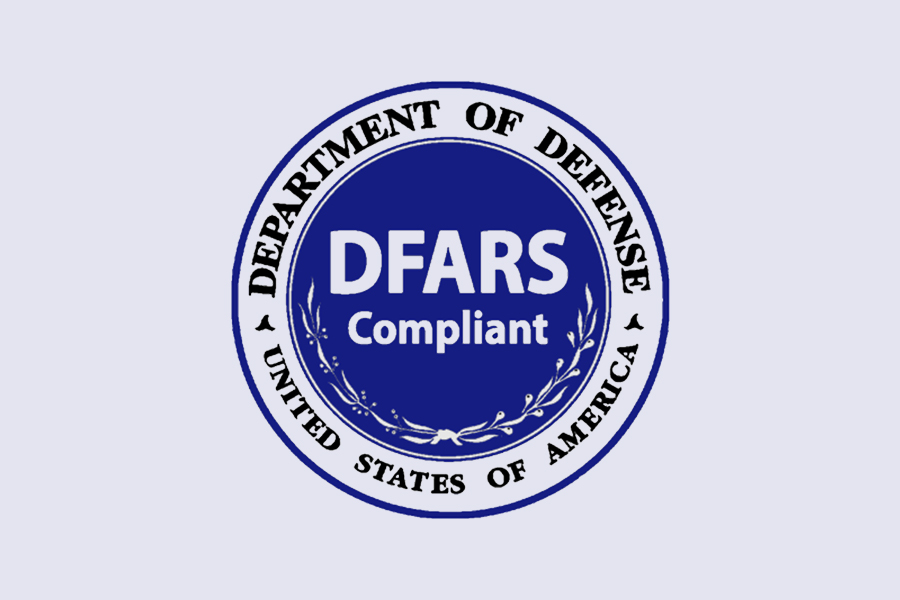DFARS Vs Other United States Trade Compliance Standards
COA, Made in USA, ITA Regulations, USMCA
The DFARS form part of a detailed regulatory framework that applies to procurement in the defence sector. They focus on issues such as product traceability, supply chain security and overall national security. The rules impose strict guidelines on contractors to ensure that items provided for defence purposes meet the required criteria.
The country of origin is important. The origin of a product may affect its suitability for government contracts. Regulations frequently require companies to specify the manufacturing location for each component. A product may consist of parts produced in different countries. Contractors must clearly document this origin. Public buyers use this information to assess risk and evaluate compliance with trade laws.
The Made in USA standard requires more than merely stating the product’s origin. It demands that products are wholly or predominantly manufactured in the United States. This requirement supports domestic production and protects national interests. It gives manufacturers that invest in local production a competitive advantage. The standard also mandates compliance with specific quality controls and labour standards.
The International Traffic in Arms Regulations control the export and import of defence articles and services. These regulations ensure that sensitive technology and military goods do not fall into unauthorised hands. Companies involved in the trade of such goods must implement stringent export controls. The regulations apply to both domestic and international transactions. Any breach may result in significant fines and the loss of trading privileges.
The agreement between the United States, Mexico and Canada introduces modern trade rules that focus on transparency and fair trading practices. Although it facilitates free trade, it also sets specific standards that goods must meet to qualify for customs and trade advantages. The agreement requires that products provide clear evidence of compliance with these standards, particularly concerning their origin and production methods.
Comparative Table
Below is a summary table that compares the main features of these standards for trade compliance:
|
Regulation or Standard |
Focus Area |
Primary Requirement |
Impact on Contractors |
|
DFARS |
Defence procurement |
Detailed traceability and compliance |
Strict documentation; increased risk management |
|
COA |
Country of origin |
Clear identification of the manufacturing location |
Detailed records required; may influence contract awards |
|
Made in USA |
Domestic production |
Production occurs mainly in the USA |
Supports local industry; may restrict the use of imported components |
|
ITA Regulations |
Export and import control of defence goods |
Licences and export control measures |
Requires export authorisation; review of compliance with regulations |
|
USMCA |
Free trade among North American partners |
Compliance with customs and trade rules |
Must meet prescribed standards for customs and trade advantages |
Additional insights into advanced technology and domestically produced materials in the USA are available at Stanford Advanced Materials (SAM).
Conclusion
The regulatory framework for compliance with U.S. trade regulations is complex. The DFARS require detailed traceability for defence contracts. Regulations regarding the country of origin and the Made in USA standard support domestic production and adherence to quality and labour standards. The international regulations for arms trading control sensitive goods to ensure national security. The agreement between the United States, Mexico and Canada integrates these elements into a framework of fair trading practices.
Frequently Asked Questions
Q: What is the Defense Federal Acquisition Regulation Supplement?
A: It establishes rules for the procurement of defence articles, with a focus on product traceability and supply chain security.
Q: How do the Made in USA standards affect a product?
A: They require that most products are manufactured in the United States to support domestic production.
Q: What does the agreement between the United States, Mexico and Canada require?
A: It requires compliance with specific customs and trade regulations for the products concerned.

 Converters & Calculators
Converters & Calculators
 Chin Trento
Chin Trento



